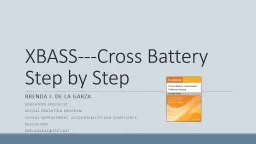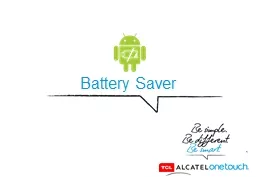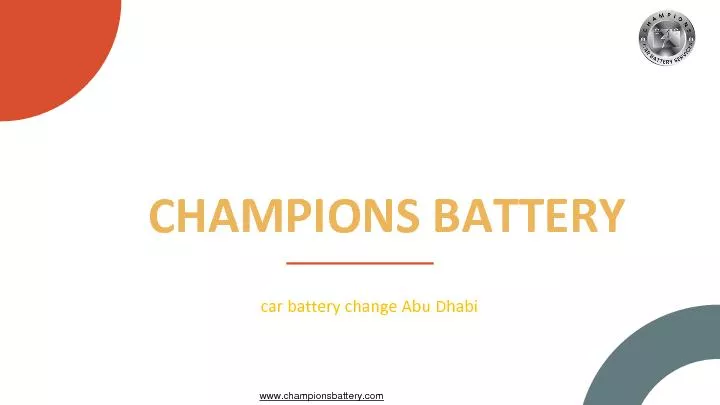PPT-XBASS---Cross Battery Step by Step
Author : tatyana-admore | Published Date : 2020-01-08
XBASSCross Battery Step by Step Brenda i de la Garza Education Specialist Special Education Program School Improvement Accountability and Compliance Region One bdelagarzaesc1net
Presentation Embed Code
Download Presentation
Download Presentation The PPT/PDF document "XBASS---Cross Battery Step by Step" is the property of its rightful owner. Permission is granted to download and print the materials on this website for personal, non-commercial use only, and to display it on your personal computer provided you do not modify the materials and that you retain all copyright notices contained in the materials. By downloading content from our website, you accept the terms of this agreement.
XBASS---Cross Battery Step by Step: Transcript
Download Rules Of Document
"XBASS---Cross Battery Step by Step"The content belongs to its owner. You may download and print it for personal use, without modification, and keep all copyright notices. By downloading, you agree to these terms.
Related Documents














